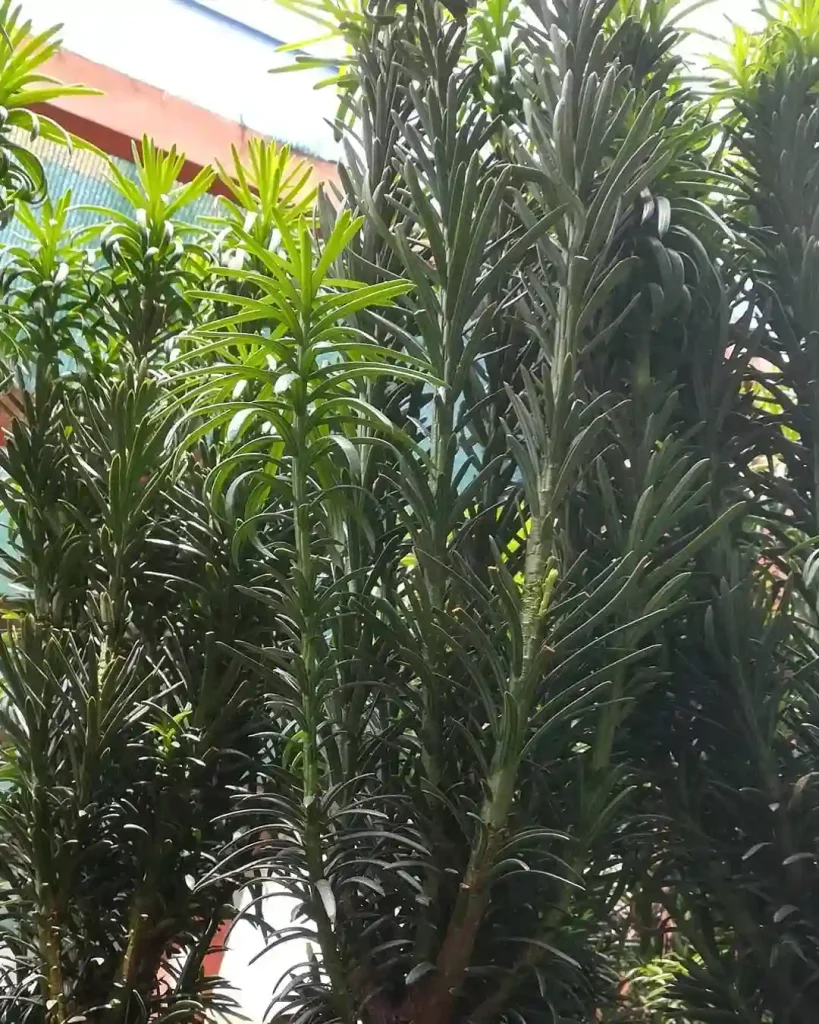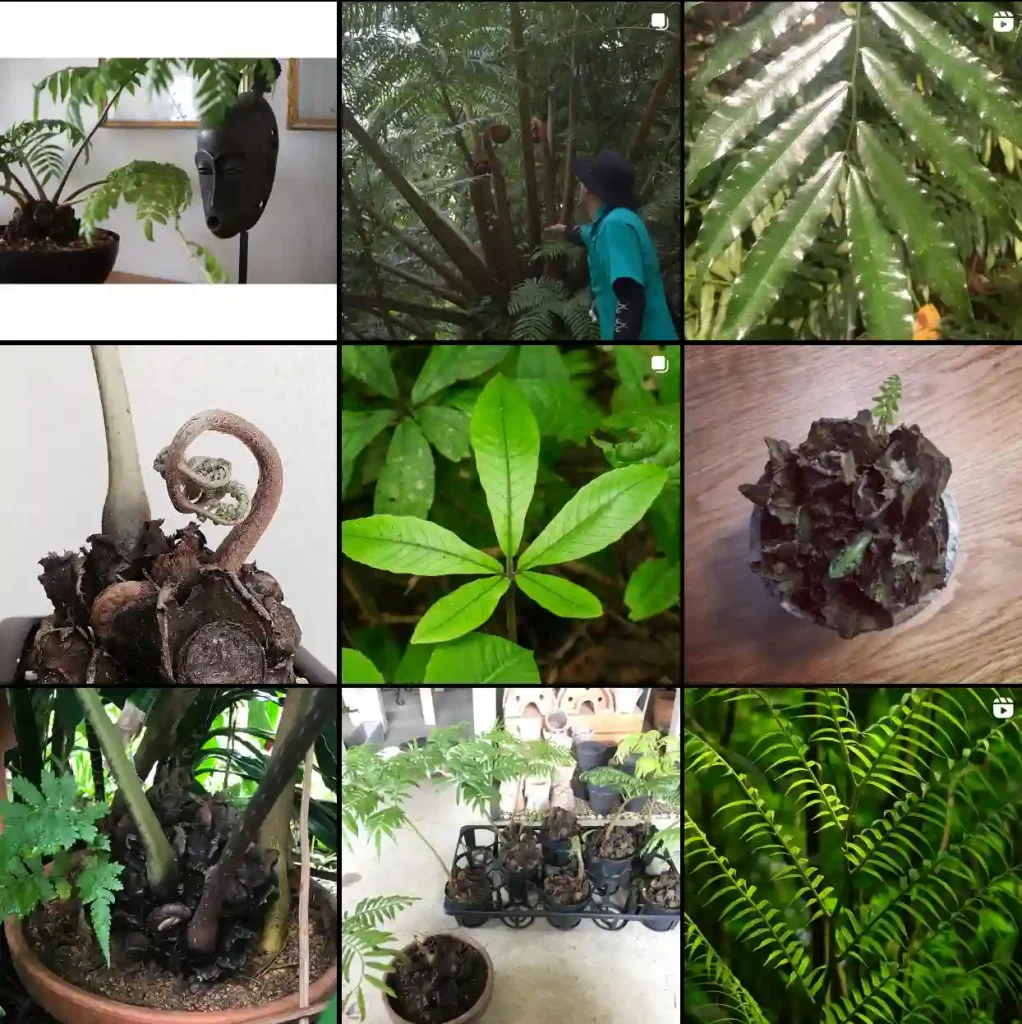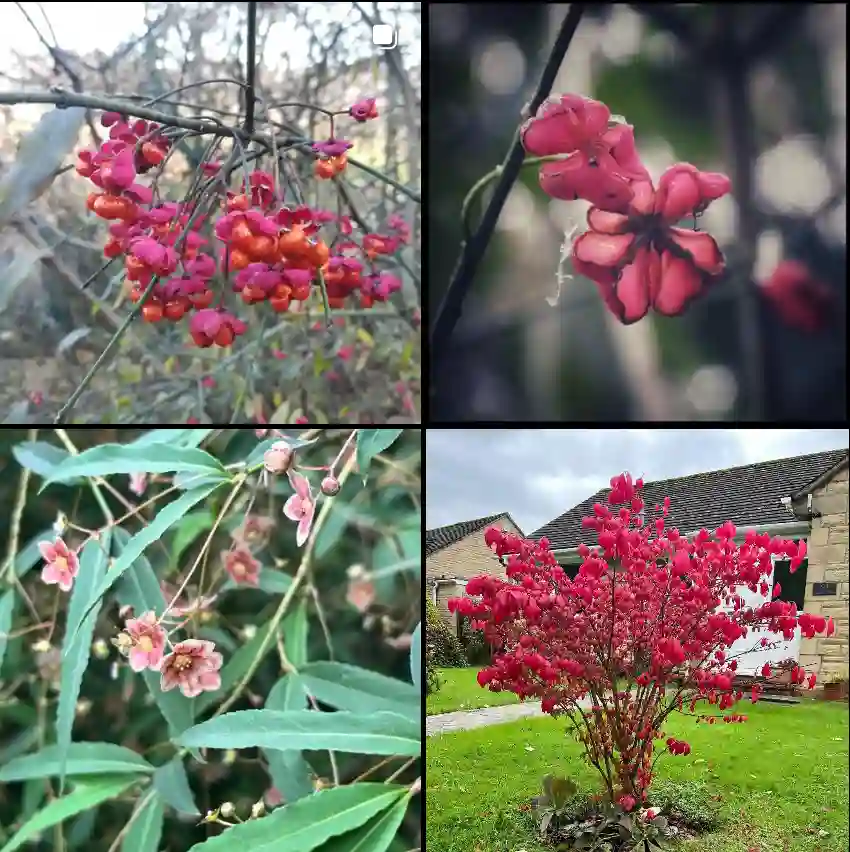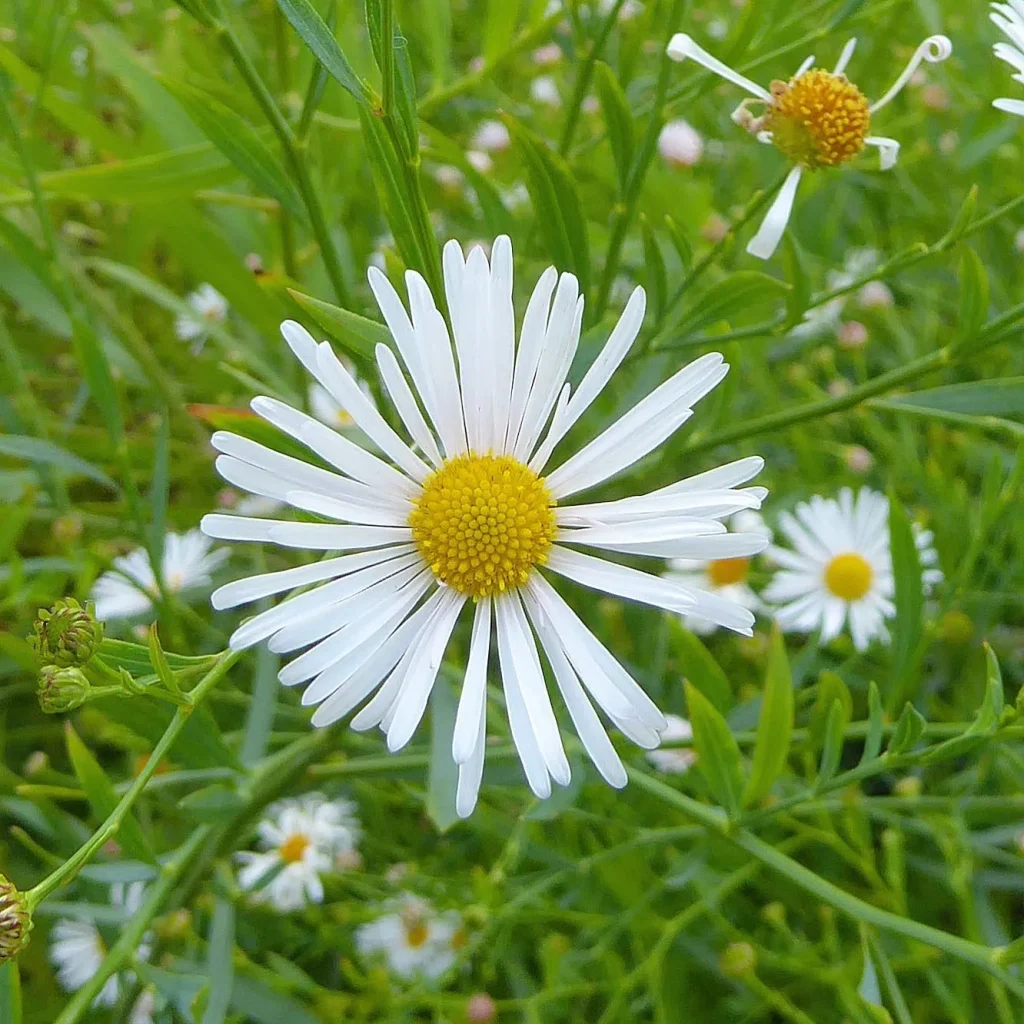Exploring the Paracryphiaceae Family: A Deep Dive
As I delve into the fascinating world of botany, I can’t help but get excited about the Paracryphiaceae family. This unique family of flowering plants captures my interest for its diversity and the distinct genera it encompasses, namely Paracryphia, Quintinia, and Sphenostemon. Each of these genera presents a unique glimpse into the evolutionary history and ecological significance of this family. Join me as I explore these plants and their characteristics.
The Paracryphiaceae Family: An Overview
The Paracryphiaceae family is relatively small but significant. It comprises only three genera, but each of them plays an essential role in the ecosystems they inhabit. This family is native primarily to regions of the Southern Hemisphere, particularly Australia and New Guinea. The members of this family are characterized by their simple leaves, often arranged in whorls, and their small, often inconspicuous flowers that can be quite alluring when closely examined.
Genus Paracryphia
First, let’s take a closer look at the genus Paracryphia. This genus is notable for its evergreen shrubs and small trees. One of the most captivating aspects of Paracryphia is its adaptability to various environments. The species within this genus often thrive in moist, shaded areas but can also tolerate drier conditions.
One particular species that stands out is Paracryphia fragilis. I’ve come across it during my explorations in rainforests. The leaves are glossy and dark green, creating a beautiful contrast with its delicate flowers. The flowers may be small, but they have a charming simplicity that adds elegance to the foliage.
Genus Quintinia
Next up is the genus Quintinia, which consists of trees and shrubs, some reaching impressive heights. These plants are mainly found in the temperate rainforests of Australia and New Guinea. Quintinia species are known for their robust structures and often have a striking presence in their natural habitats.
One of my favorite species from this genus is Quintinia sieberi. The tree’s thick trunk and wide canopy provide shelter for various wildlife, making it an important species in its ecosystem. The leaves of Quintinia are large and leathery, providing a lush look that’s almost tropical. I’ve often spotted birds flitting around these trees, drawn in by their dense foliage and the promise of food.
Genus Sphenostemon
Lastly, I want to highlight the genus Sphenostemon. This genus is perhaps the most enigmatic of the three. The plants in this group are typically small to medium-sized trees or shrubs. Sphenostemon species are unique for their fascinating flowers, which often have a striking appearance that can catch anyone’s eye.
One species I find particularly intriguing is Sphenostemon arboreus. Its flowers are tubular and often bright yellow, attracting various pollinators, including bees and butterflies. Observing these creatures at work around the Sphenostemon is a beautiful reminder of nature’s interconnectedness. The lush foliage and vibrant flowers create a picturesque scene, one that I love to capture in my photography.
Ecological Importance
The Paracryphiaceae family is not just about aesthetics; it holds ecological significance as well. These plants contribute to the biodiversity of their habitats, providing food and shelter for numerous organisms. For example, the fruits of Paracryphia and Quintinia are often consumed by birds, which helps in seed dispersal. This interaction fosters a healthy ecosystem where plants and animals thrive together.
Moreover, these plants can be crucial in maintaining the stability of the soil. Their root systems help prevent erosion, especially in areas prone to heavy rainfall. During my hikes in areas where these plants thrive, I’ve seen firsthand how vital they are to the environment.
Conservation Considerations
Despite their ecological importance, many species within the Paracryphiaceae family face threats from habitat destruction and climate change. Deforestation and land conversion for agriculture often put these plants at risk. It’s essential to advocate for conservation efforts to protect these unique species and their habitats.
I’ve taken part in various conservation projects focused on preserving native flora, and I believe that every small effort counts. Encouraging sustainable practices and supporting reforestation initiatives can help ensure that future generations appreciate the beauty and diversity of plants like those in the Paracryphiaceae family.
Conclusion
In summary, the Paracryphiaceae family, with its genera Paracryphia, Quintinia, and Sphenostemon, represents a captivating slice of botanical diversity. These plants not only enrich our natural world but also highlight the importance of ecological balance. As I continue my journey in exploring the wonders of nature, I remain grateful for the insights these unique plants provide. They remind me of the beauty of biodiversity and the importance of protecting our planet for future generations.
If i die, water my plants!



